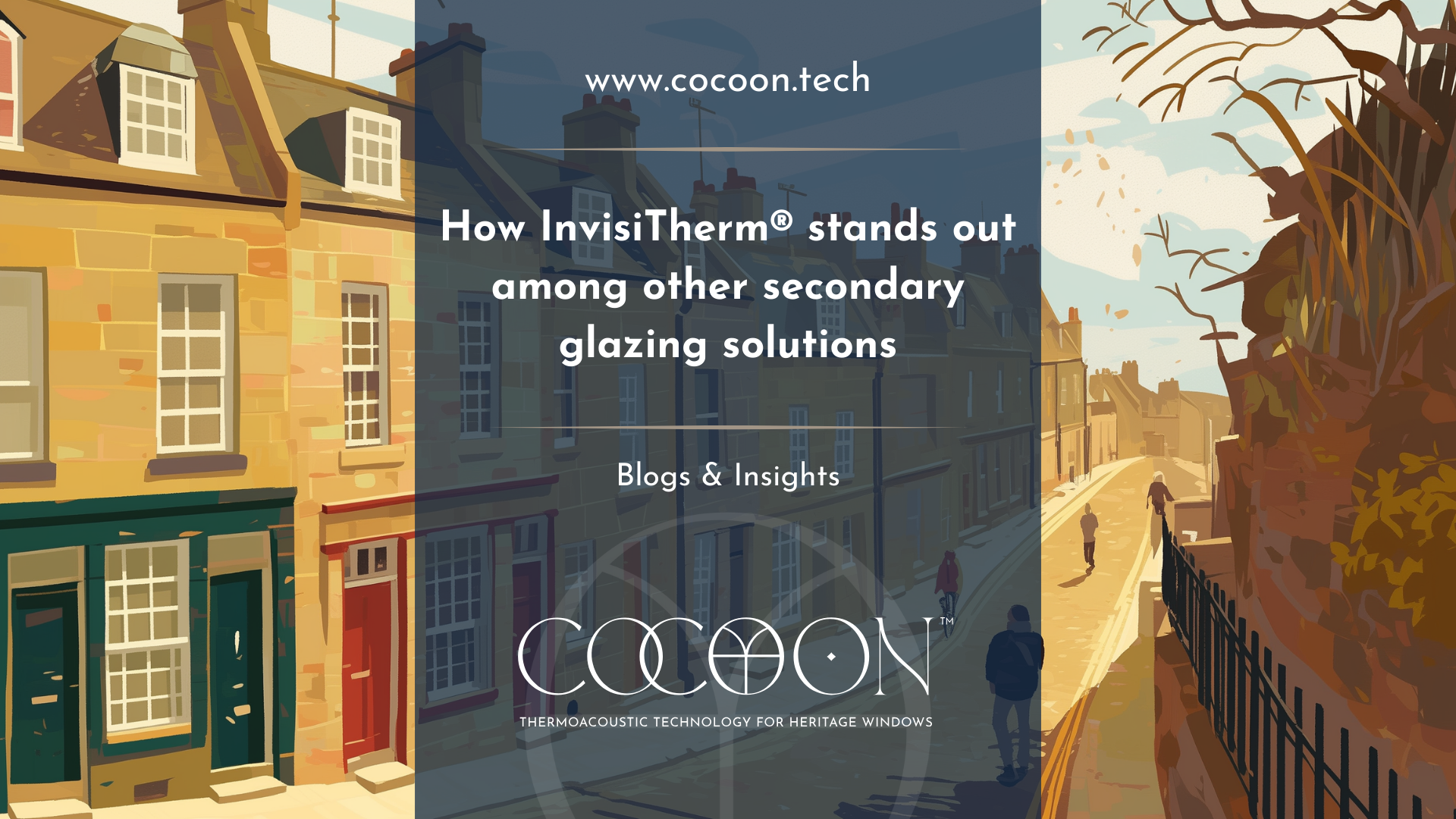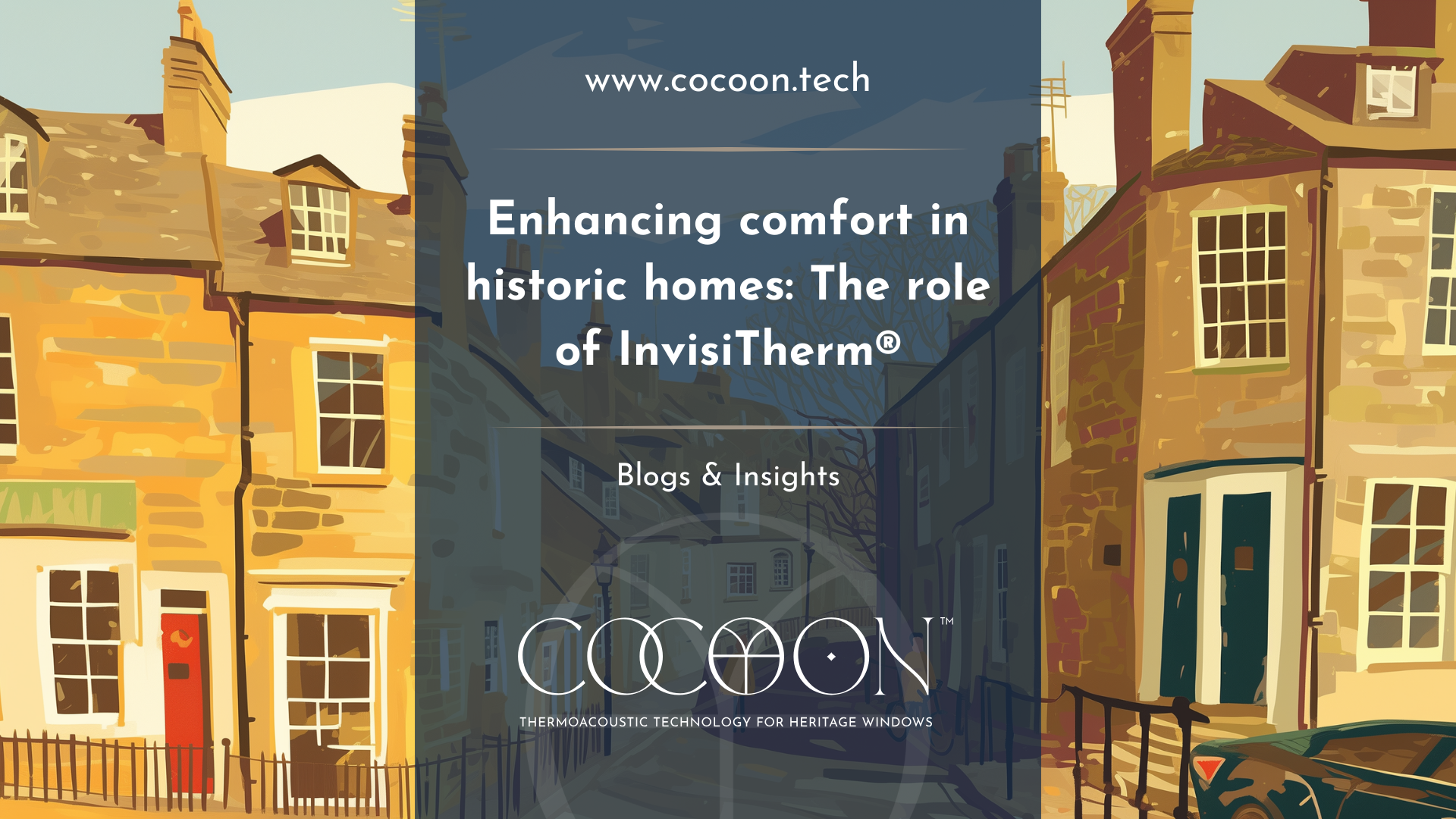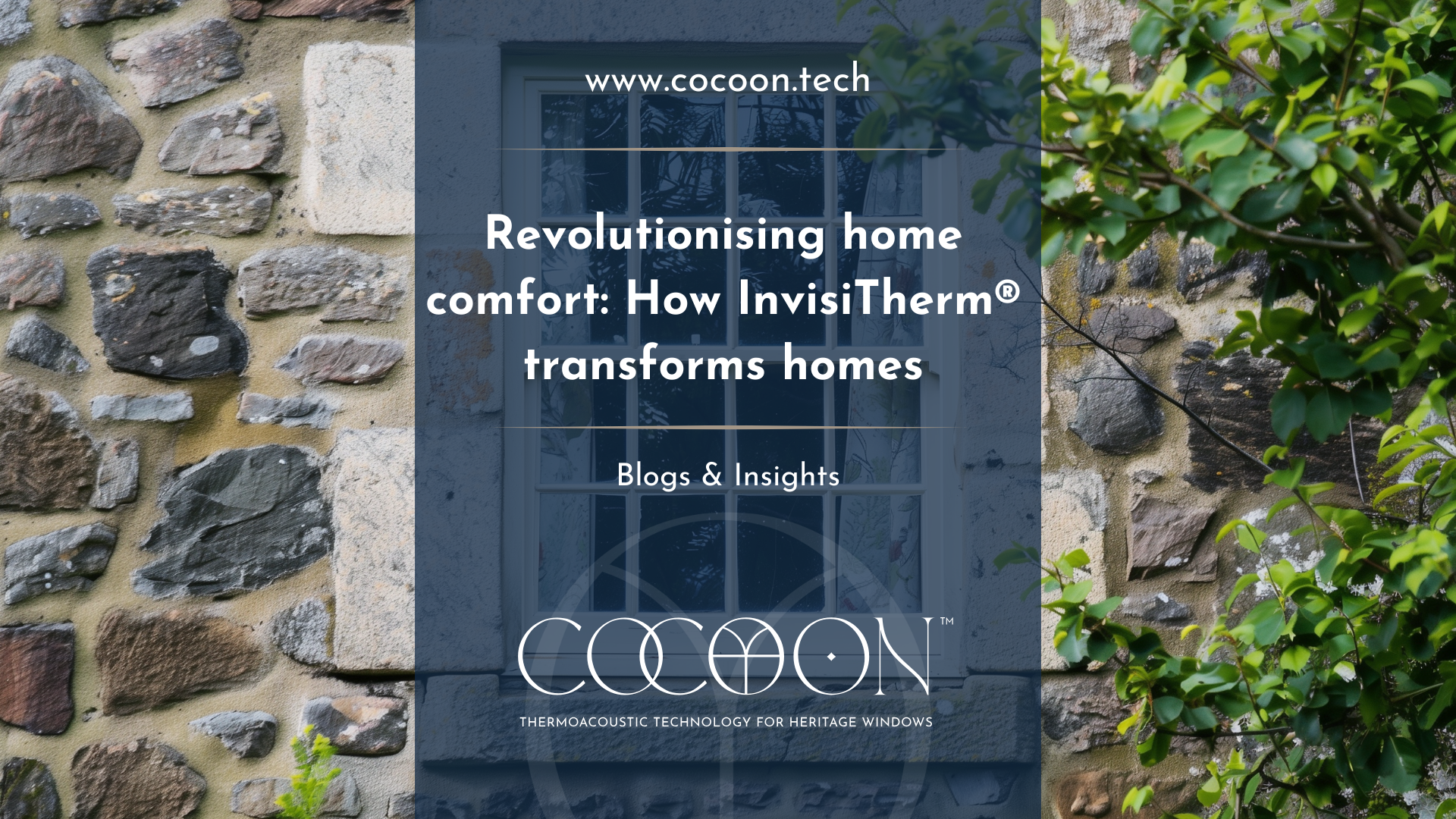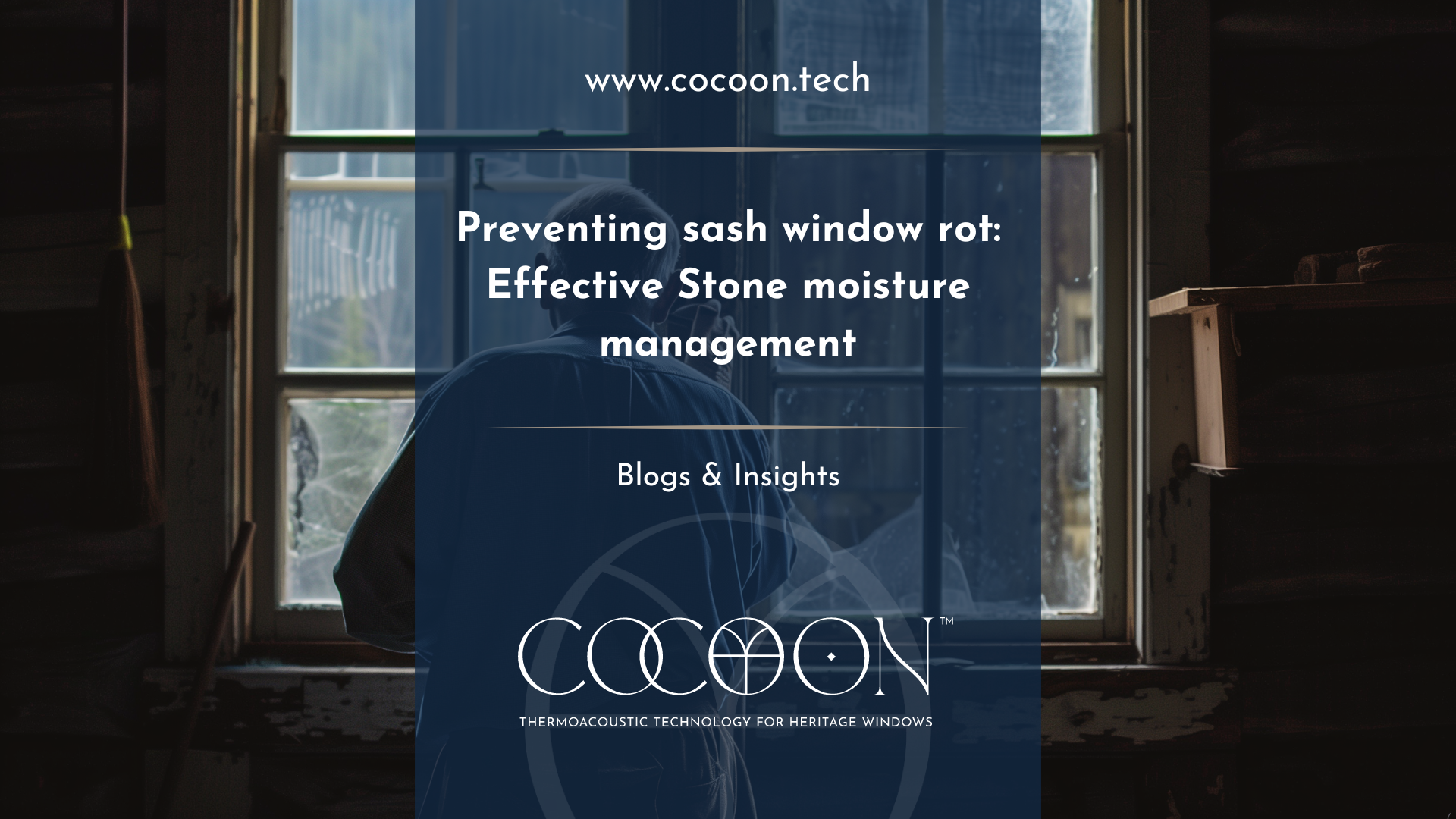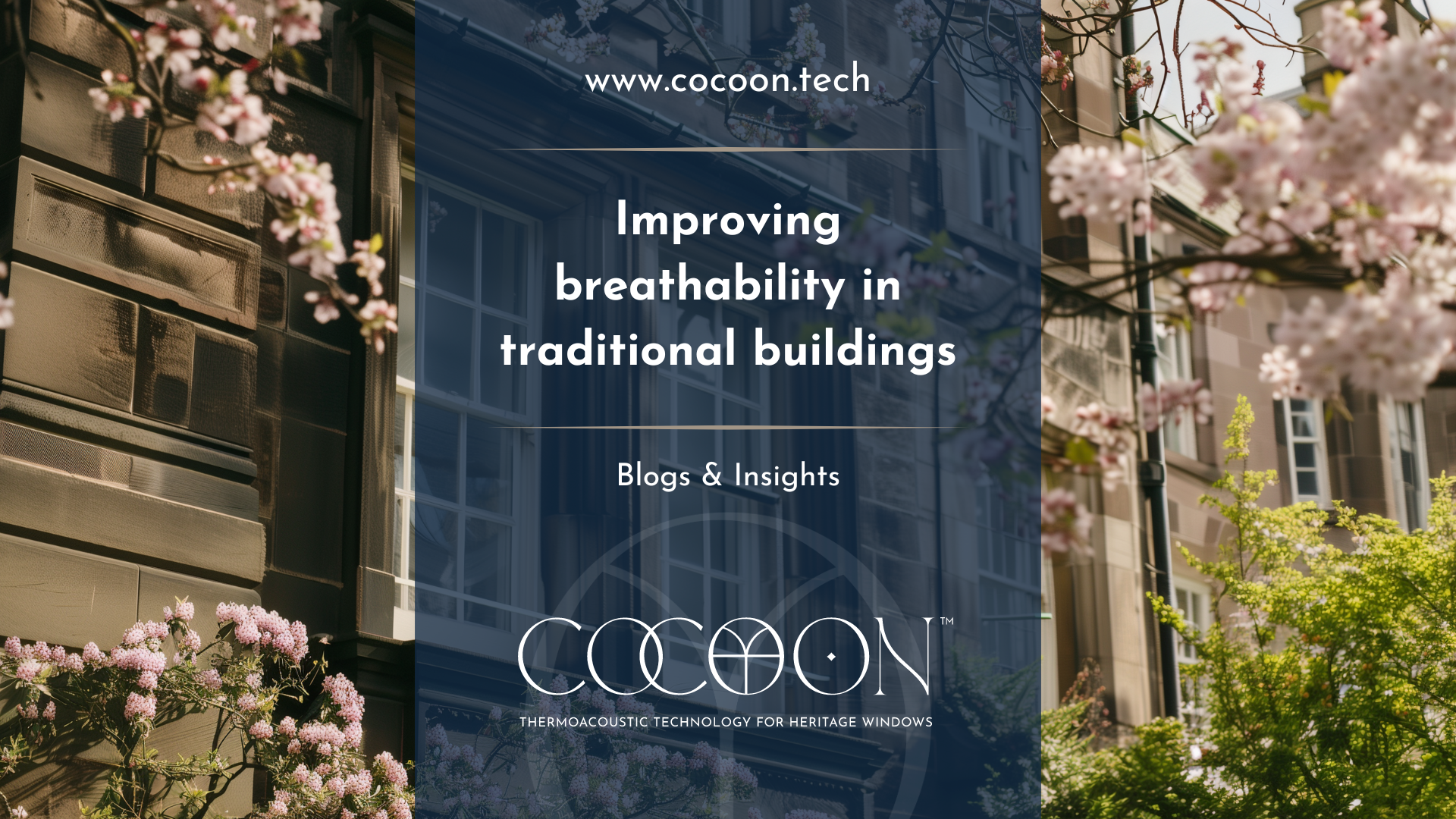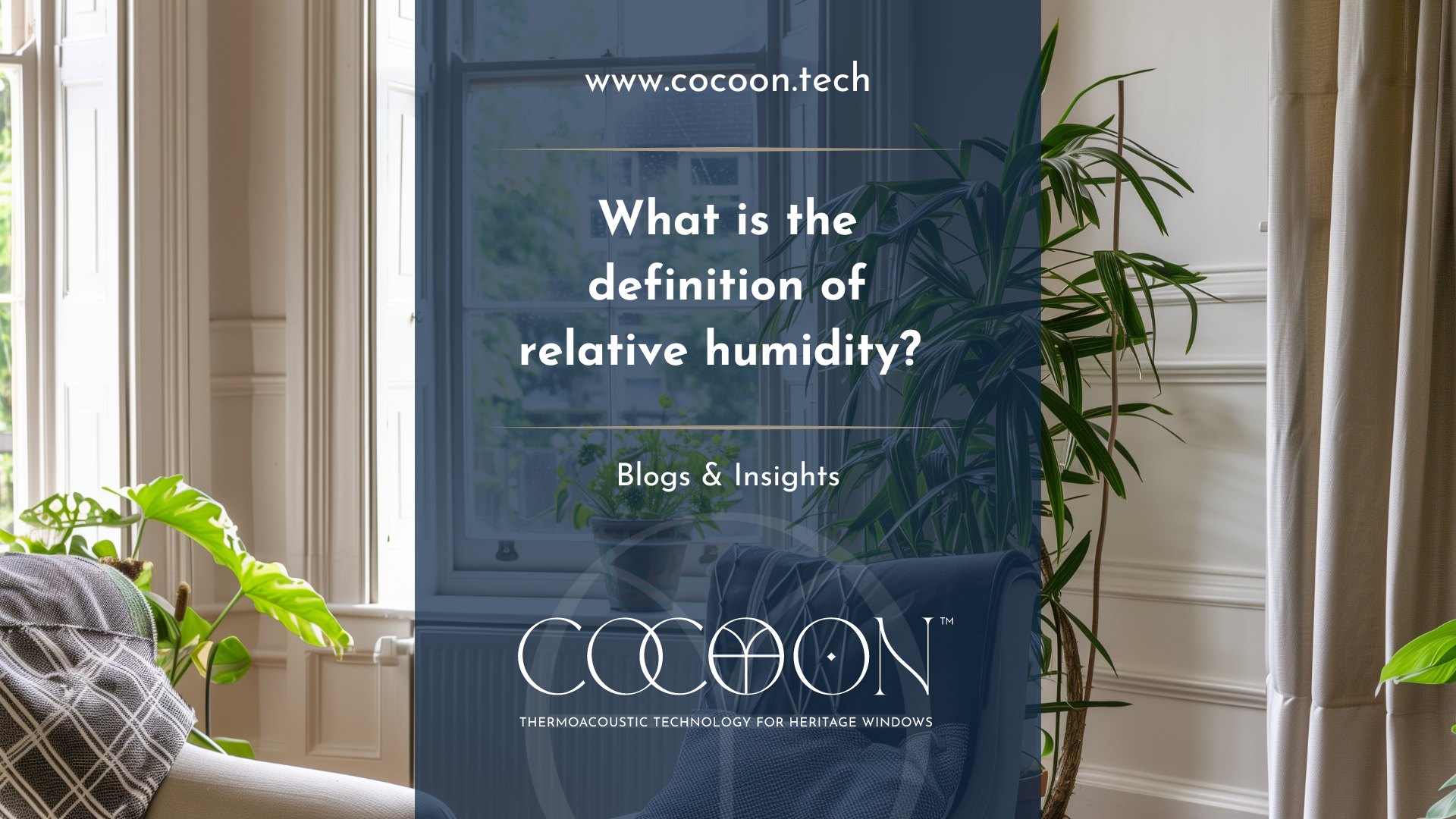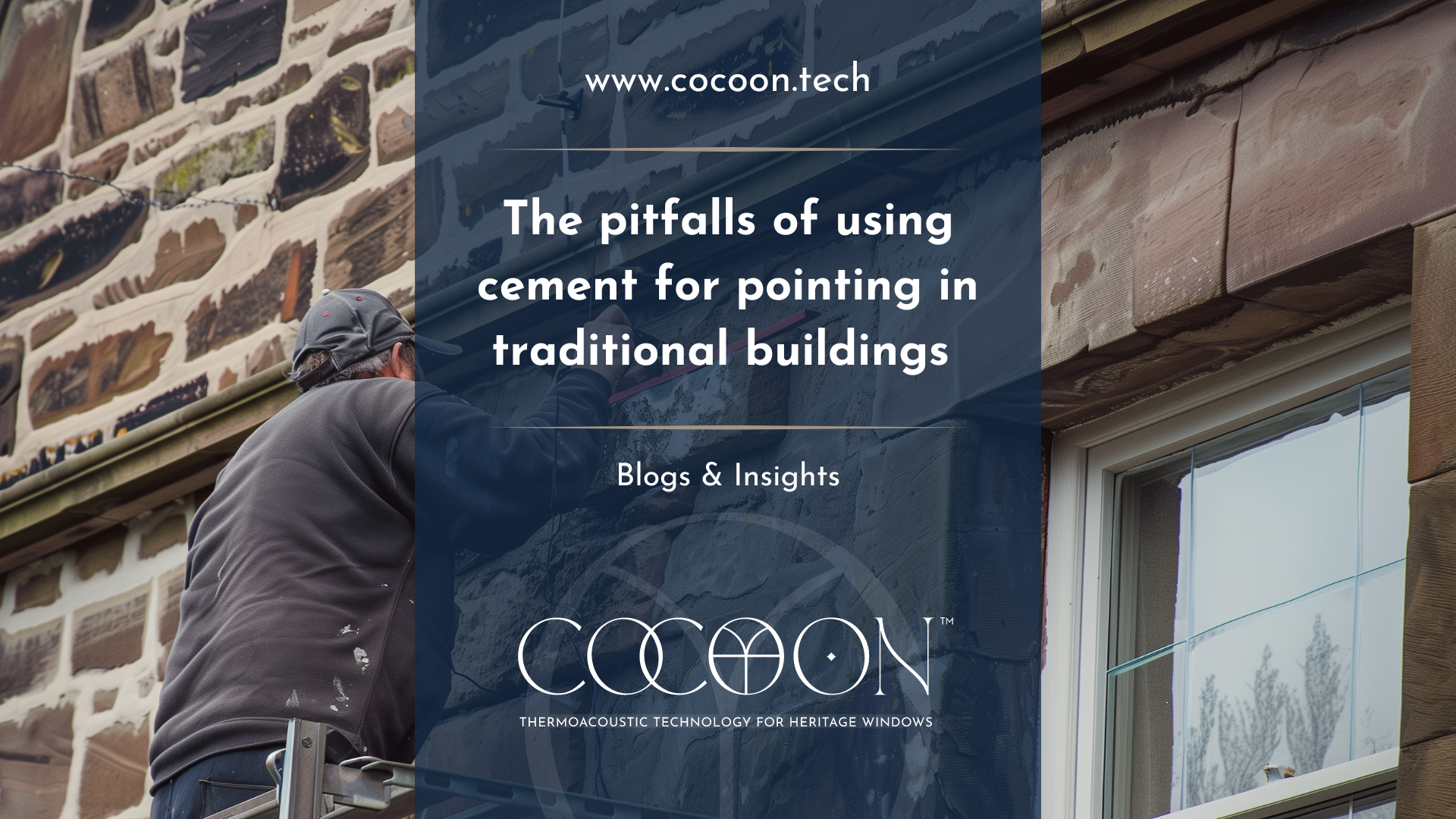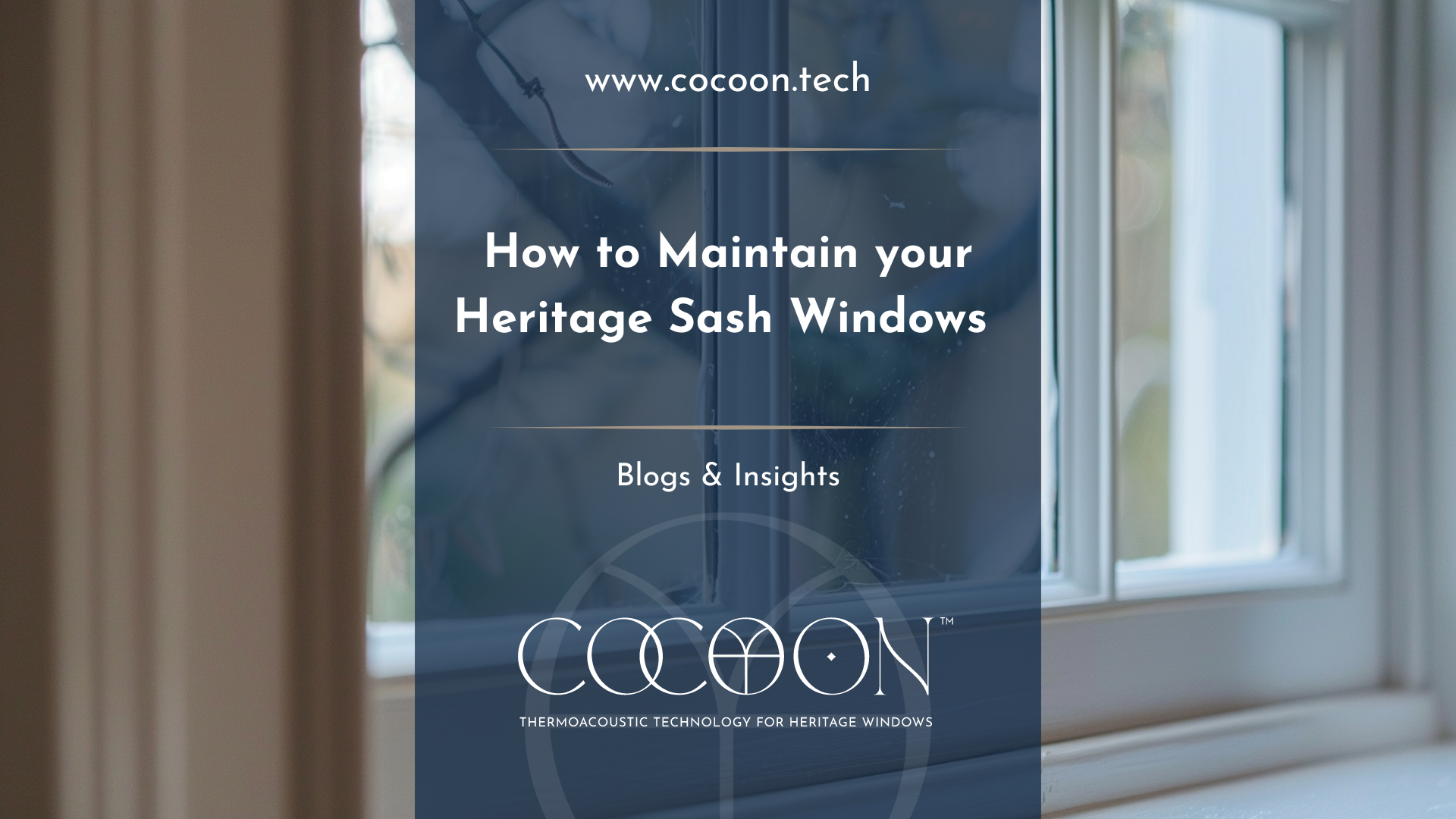The Challenges & Solutions of Retrofitting Traditional Windows
The Challenges and Solutions of Retrofitting Traditional Windows
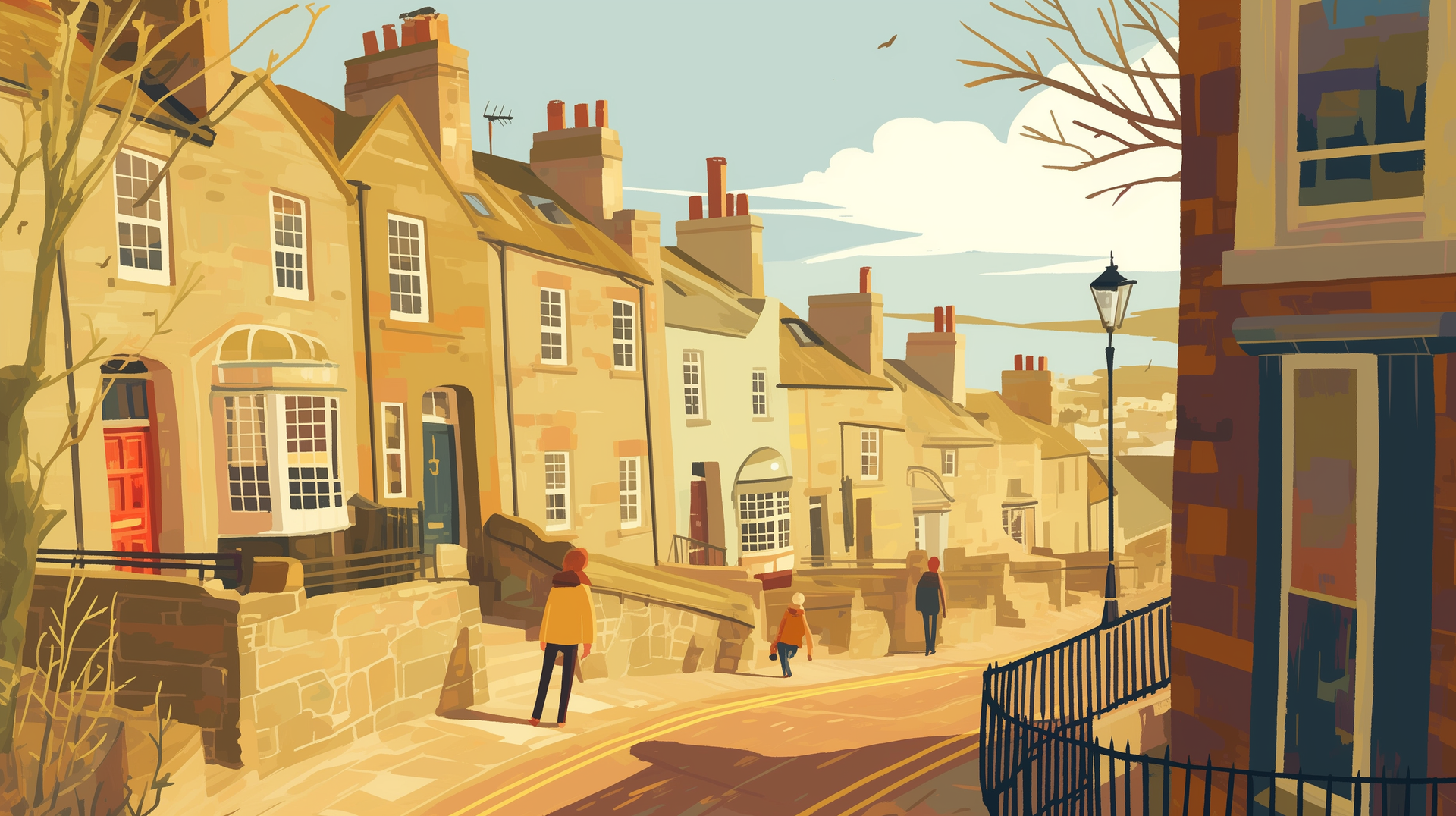
The allure of traditional windows in historic homes is undeniable. These architectural features not only add character and charm but also tell a story of the past. However, they often come with their own set of challenges, particularly when it comes to energy efficiency and modern living standards. Retrofitting traditional windows is a delicate balance between preserving historical integrity and embracing contemporary comfort.
The Historical Significance of Traditional Windows
Traditional windows, such as sash and case windows, are a hallmark of many historic properties across the UK. They represent a bygone era of craftsmanship and architectural design that modern windows often lack. These windows are typically made from high-quality materials like timber and feature intricate details that add to the aesthetic appeal of the building. Preserving these elements is crucial not only for maintaining the character of the property but also for adhering to conservation regulations that protect historic buildings.
Common Issues with Traditional Windows
While traditional windows are beautiful, they are not without their problems. One of the most common issues is poor thermal performance. Single glazing and the inherent gaps in the design of sash windows can lead to significant heat loss, resulting in higher energy bills and a less comfortable living environment. Additionally, the materials used, such as timber, can deteriorate over time, especially if not properly maintained. This deterioration can lead to draughts, rattling panes, and even structural issues.
The Role of InvisiTherm® in Retrofitting
InvisiTherm® offers an elegant solution to these issues by providing an invisible layer of secondary glazing. This system improves thermal insulation without altering the appearance of the windows, making it an ideal solution for listed buildings and conservation areas. InvisiTherm® can significantly reduce heat loss, thereby lowering energy bills and improving indoor comfort. The installation process is minimally invasive, ensuring that the historic integrity of the windows is preserved.
Addressing Moisture and Structural Issues
Before installing any secondary glazing system, it is crucial to assess the condition of the surrounding brickwork and window frames. In older homes, particularly those in areas with high rainfall or poor drainage, bricks can absorb moisture. This can lead to a variety of problems, including weakened mortar, crumbling bricks, and internal dampness. Moisture issues must be addressed prior to installation to prevent trapping moisture, which can cause further damage and potentially compromise the effectiveness of the insulation.
Proper moisture management includes ensuring that the building's drainage systems are functioning correctly, repairing any damaged mortar, and treating the timber frames to prevent rot. It is advisable to consult with professionals who specialize in historic buildings to conduct a thorough assessment and carry out any necessary repairs.
Balancing Aesthetics and Modern Comfort
One of the main concerns for homeowners when retrofitting traditional windows is maintaining the property's aesthetic appeal. InvisiTherm® is designed to be discreet, ensuring that the visual aspects of the windows remain unchanged. This is particularly important for properties in conservation areas where alterations are often restricted. By retaining the original windows, homeowners can preserve the historical and architectural value of their property.
Furthermore, upgrading traditional windows can enhance the overall market value of the home. Many prospective buyers appreciate the charm of historic properties but also seek modern comforts. InvisiTherm® provides the perfect balance, offering the best of both worlds.
Practical Considerations and Cost
While retrofitting traditional windows with secondary glazing like InvisiTherm® offers numerous benefits, it is essential to consider the practical aspects and associated costs. The initial investment may be higher compared to standard double glazing; however, the long-term savings on energy bills and the preservation of the property's value can make it a worthwhile investment. Additionally, grants and funding may be available for energy efficiency improvements in historic properties, which can help offset the costs.
Conclusion
Retrofitting traditional windows is a complex but rewarding endeavour. It requires careful planning, expert execution, and a commitment to preserving the unique character of historic properties. InvisiTherm® offers an effective solution, enhancing energy efficiency and comfort without compromising on aesthetics. By addressing both the technical and aesthetic challenges, homeowners can enjoy the timeless elegance of traditional windows while benefiting from modern insulation technology.
Further Reading:
- Historic Environment Scotland: Traditional Windows
- National Trust: Energy Efficiency in Historic Buildings


